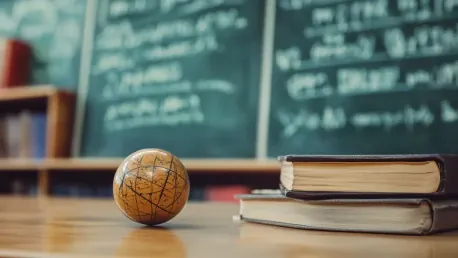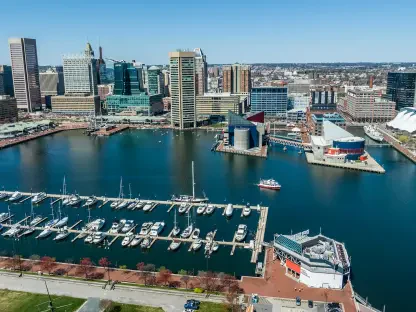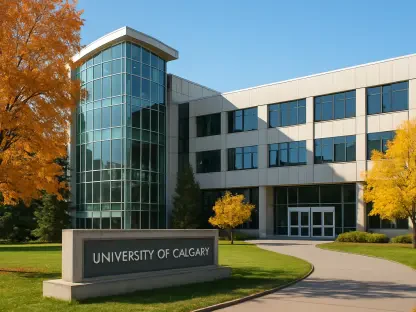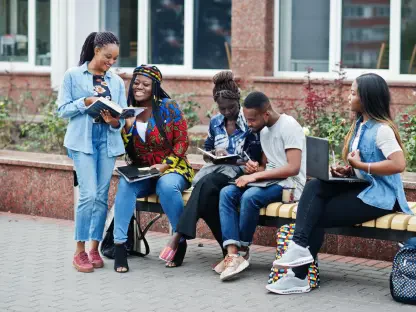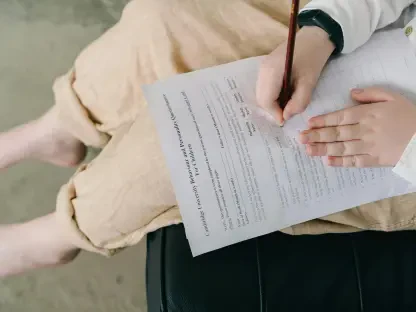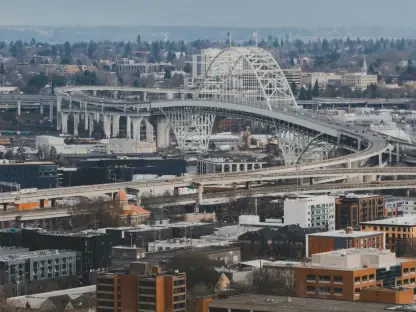The Syosset community recently voted to approve two crucial bond proposals totaling $143.8 million, aimed at revitalizing the school district’s aging infrastructure. Passed by the Board of Education, these bond issues are set to transform educational facilities to meet the growing needs of the student population and adhere to modern educational standards.
Community Support and Vote Breakdown
Overwhelming Support for Proposition 1
Proposition 1 passed with 1,175 votes in favor and 883 against. The proposal allocates $110.5 million towards structural maintenance and enhancement of 10 buildings within the district, many of which were constructed in the 1950s and 1960s. The community’s robust support underscores the commitment to maintaining and upgrading school facilities. Taxpayers will see an impact of approximately $211 annually for every $10,000 paid in school taxes due to this bond.
Given that many of these buildings were built in an era when educational standards and needs were starkly different from today, the investment is necessary to modernize and extend the lifespan of these structures. The funds will address critical areas such as outdated electrical systems, deteriorating roofs, and inefficient heating and cooling systems. These improvements are essential not just for educational purposes but for ensuring the health and safety of the faculty and students.
Narrow Margin for Proposition 2
Proposition 2 was approved with a closer margin of 1,073 votes to 969, further illustrating the urgency of these improvements. This $33.2 million initiative focuses on accommodating increased school enrollment and addressing further infrastructural needs. The tax impact for this proposition will be around $76 annually for every $10,000 paid in school taxes. Together, both propositions will result in a combined tax impact of approximately $287 annually for every $10,000 paid in school taxes.
The narrow approval margin in Proposition 2 highlights a community grappling with the balance between financial constraints and the pressing need for quality educational facilities. While a tight vote suggests some apprehension regarding the financial impact, it also indicates a collective prioritization of education and future-readiness. The funds from Proposition 2 will be crucial in building new classrooms and specialized facilities that can accommodate the district’s increasing student population, thus alleviating current overcrowding issues and ensuring a more conducive learning environment.
Financial Implications and Allocation of Funds
Detailed Financial Allocation in Proposition 1
The bulk of Proposition 1’s $110.5 million will be used for various critical projects addressing central issues in multiple school buildings. For instance, $26 million is earmarked for replacing portable classrooms, which although temporary, have become semi-permanent fixtures in the district. These structures are outdated and lack the amenities and provisions required for modern education. Replacing them with permanent facilities will provide a more stable, secure, and effective learning environment for both teachers and students.
In addition to classroom replacements, $11.4 million will go toward constructing a new gymnasium at the high school. This project aims to enhance physical education and sports facilities, which are integral to a well-rounded educational experience. The existing gym facilities are often overcrowded and inadequate to meet the needs of the student body. Enhanced gym facilities can cater to more students, offer a wider range of physical activities, and integrate well-being into everyday school life. Meanwhile, $4.6 million is earmarked to create a centralized guidance counseling center in the high school. This facility will be pivotal in providing students with better access to mental health resources, college preparatory advice, and academic support.
Focused Enhancements in Proposition 2
Proposition 2 directs its $33.2 million towards specific infrastructural improvements necessitated by increased enrollment and educational demands. One of the larger allocations is $8.5 million designated for a new gymnasium at Robbins Lane School. As physical activity is essential for children’s holistic growth, the new gym will serve as a versatile space that can host various sports activities, physical education classes, and community events. It will help reduce the strain on existing facilities and provide students with ample opportunities to engage in healthy physical activities.
Baylis Elementary will also see significant improvement with an allocation of $7.8 million for a new gym. The current facilities have long been insufficient for the student population, often forcing the school to make do with suboptimal arrangements. A new gym will not only offer better facilities for physical exercises but also become a community gathering space for events and functions. Finally, $6.5 million has been assigned for gym enhancements at Walt Whitman Elementary School, ensuring that the younger students also benefit from modern and safe exercise environments. These investments in physical infrastructure are vital for fostering a conducive and dynamic learning environment, ensuring that all students have access to the resources they need for academic and extracurricular success.
Benefits to Educational Environment
Modernizing Aging Facilities
The planned renovations and upgrades will address the decline in the aging infrastructure. Schools built several decades ago are no longer adequate to support the current educational programs and student capacity. Revitalizing these buildings will ensure a safer and more conducive learning environment. Older buildings typically suffer from various structural issues such as leaking roofs, outdated electrical wiring, and inefficient heating and cooling systems that make it difficult to maintain a comfortable and safe educational environment.
Modernizing these aging facilities is not just about making them look better; it’s about creating spaces that foster effective teaching and learning. For example, improved lighting, newer HVAC systems, and effectively designed classrooms can significantly impact students’ concentration levels, morale, and overall well-being. Bringing these buildings up to modern standards will also mean installing advanced technology infrastructures, such as Wi-Fi and smartboards, which are essential components of current educational practices. In summary, these upgrades will go a long way in transforming inadequate facilities into state-of-the-art learning environments.
Accommodating Expanding Enrollment
Both bond propositions highlight the necessity of accommodating Syosset’s growing student body. The additional gym facilities and classroom upgrades are integral in managing increased enrollment efficiently. These improvements aim to prevent overcrowding and ensure each student has access to the necessary educational resources. As the student population grows, the need for more space becomes evident, making these renovations not just beneficial but essential.
Expanding and updating the existing facilities is a proactive move to manage future growth effectively. More classrooms and specialized spaces mean that teachers can engage students more effectively, breaking away from the large, impersonalized classes often necessitated by space constraints. Furthermore, specialized facilities such as science labs, art rooms, and physical education spaces enrich the curriculum and offer students a more diverse and rounded educational experience. By accommodating the growing number of students, the district is ensuring that everyone has an equal opportunity to learn and grow in an environment conducive to academic success.
Community and Board Perspectives
Community Engagement and Support
The strong community turnout and approval indicate a proactive stance toward educational investment. The close vote in Proposition 2 reveals the community’s concern for financial impacts but also its willingness to prioritize educational needs over minor tax increments. Trust in the Board of Education has played a crucial role, as the community displays confidence in the board’s capacity to judiciously manage the allocated funds and oversee the various projects.
Community engagement indicates that the residents are deeply invested in the well-being and future success of their school district. The proactive involvement of the community in understanding the bond propositions, attending board meetings, and voting reflects a collective commitment towards building a better educational environment for the children. This engagement and support are vital in ensuring that the projects move forward smoothly and that any unforeseen issues are addressed promptly, ensuring that both students and teachers benefit from enhanced facilities as soon as possible.
Board of Education’s Role
The Syosset community recently came together to vote in favor of two significant bond proposals, amounting to a total of $143.8 million. These proposals were designed to address and overhaul the school district’s aging infrastructure, which had long been in need of upgrades. The Board of Education played a crucial role in getting these bond issues passed, underscoring their commitment to ensure that the district’s facilities are capable of meeting both current and future demands. The funds will be allocated towards transforming educational environments to better serve the student population, which has been steadily growing. Modern educational standards require updated classrooms, advanced technological resources, and safer buildings—all of which are focal points of these bond proposals. The initiative is a comprehensive effort to not only enhance the physical conditions of the schools but also to create an enriched learning environment. By investing in these improvements, the Syosset community is making a bold statement about the high value they place on education and the future of their children.
